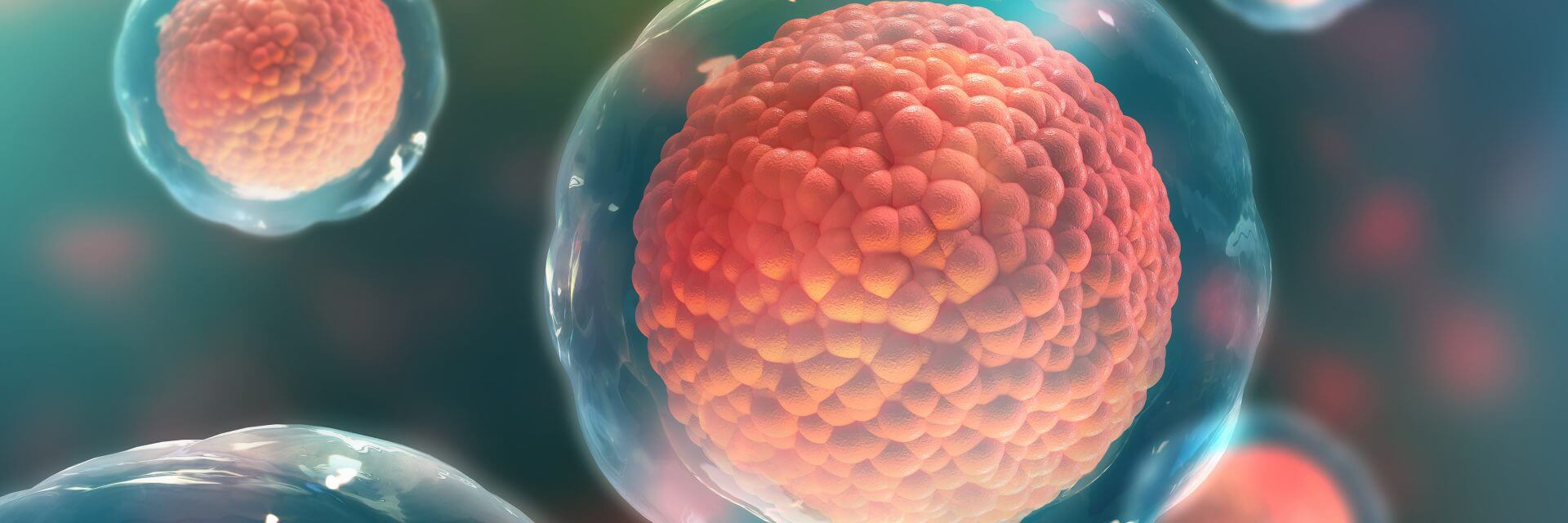
This article originally appeared in our 2020 Horizons Cell and Gene Therapy report, which includes insights from cell and gene therapy industry leaders and CRB’s experts. Get your copy of the report here.
A peculiar thing happened along the journey of cell and gene therapy development: For an industry accustomed to packing years of change inside a single financial quarter, tomorrow’s critical therapies—aimed at thwarting a host of emerging health threats, including a global coronavirus pandemic—remain curiously reliant on the equipment and manufacturing processes of years gone by.
The biotech boom of the 1970s and 1980s gave us many of the open, manual, and antiquated processes that we too often find in many of today’s cell and gene therapy research and development labs as well as regulated manufacturing environments supporting good manufacturing practices (GMP) late- phase clinical products—processes that rely heavily on human operators. Although these processes are used in cutting-edge investigations, they’re based on outdated and unscalable methods (scale-out vs. scale-up) that are increasingly under heavy regulatory scrutiny. We often consider the hypothetical scenario of a cleanroom operator sitting at her biosafety cabinet—fine for clinical research, but incredibly risky at commercial scale.
Yet, our inaugural CRB Horizons: Cell and Gene Therapy report—built on the survey responses of nearly 150 ATMP industry leaders—finds an alarming dependence on the sort of primitive technology and manual applications that, in their day, made sense for an industry looking to grow quickly and leanly. But as we head into 2021, the combination of open processes with a high potential for human error, antiquated technologies, and research-facing technology ill-suited for commercially facing applications creates business risk at a time when market demand for the rapid delivery of patient therapies is rising. It’s also a time when the COVID-19 pandemic has raised provocative questions about the ability of vaccine and therapy infrastructure to meet the challenge.
Operating space design and layout considerations are vital to the future of cell and gene therapy, and responses across our survey reveal gaps in that growth. For instance, while nearly three-quarters of respondents indicate automation is impacting operations, nearly one-third report using Grade A biosafety cabinets (BSC) in a Grade B cleanroom—a clear sign of the need to embrace innovation.
Across the Horizons report, CRB dives deep into an array of important issues confronting the cell and gene therapy space, finding an industry brimming with optimism for the future but uncertainty about the path ahead. The pain points of resource and risk are ever-present.

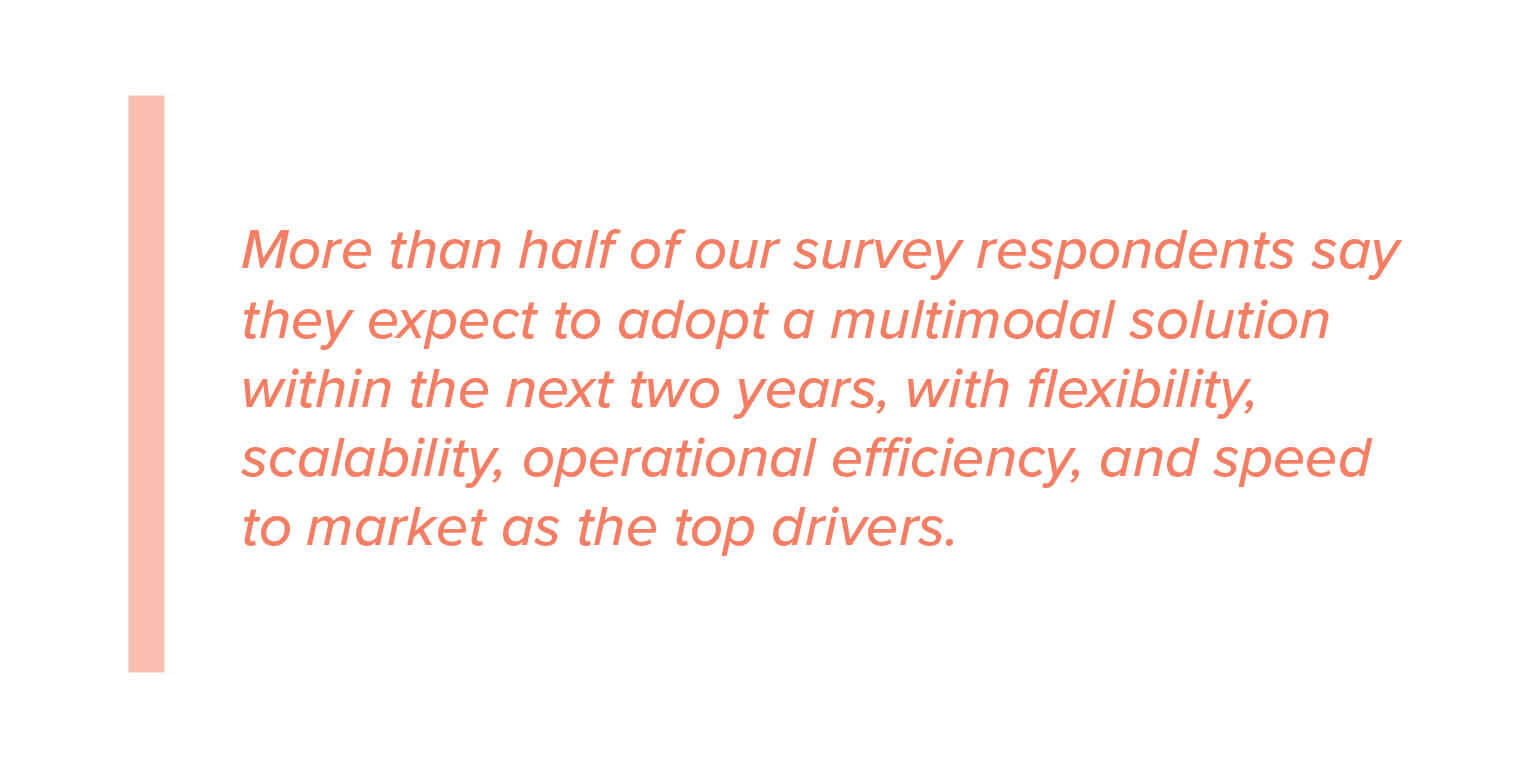
Our team of CRB subject matter experts explore a number of topics, including:
Multiple modalities
Manufacturers and contract manufacturing organizations (CMOs) face the same stark reality: Flexibility is required to nimbly address shifting needs in the marketplace. CMOs must respond to ever-evolving client needs and manufacturers who are bringing their cell and gene therapy production activities in-house, have complex product pipelines, and need the flexibility to develop different modalities in parallel. More than half of our survey respondents say they expect to adopt a multimodal solution within the next two years, with flexibility, scalability, operational efficiency, and speed to market as the top drivers.
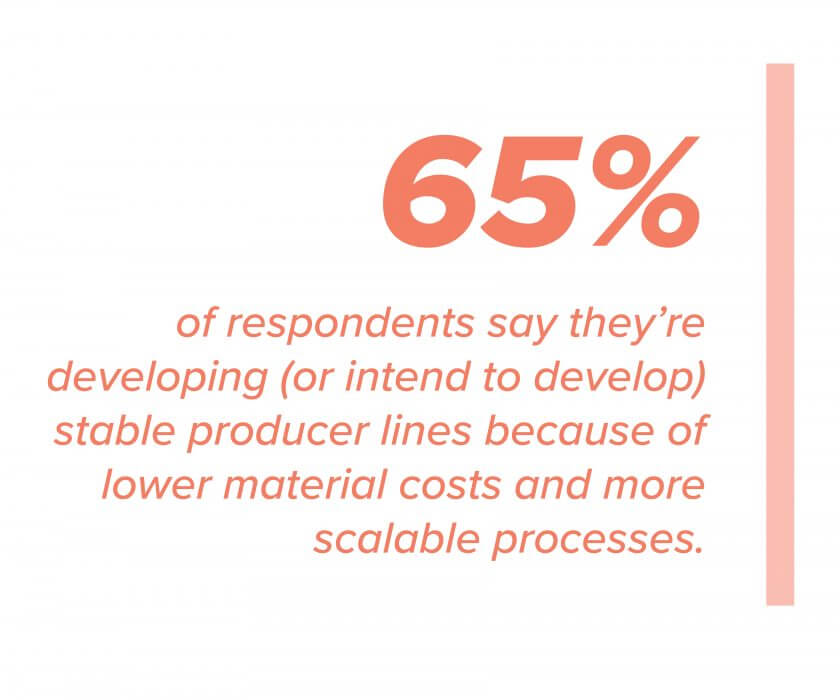
Gene therapy manufacturing
Propelled by favorable regulatory winds and high demand for novel and in-demand cell and gene therapies, viral vector manufacturing is poised for a significant jump, with some estimates predicting up to 20% year-over-year growth through 2025. More than 80% of our respondents say they rely on transient transfection to manufacture viral vectors from packaging cells, but a new host cell line—stable producer lines—is gaining momentum, with 65% of respondents saying they’re developing (or intend to develop) this type of vector host cell because of lower material costs and more scalable processes.
Facility optimization
Nearly 80% of survey respondents ranked process development and optimization among their top three commercial manufacturing challenges across both cell and gene therapy platforms. A majority of survey respondents also cited variability/uncertainty in their process among primary operations concerns, with regulatory considerations close behind. More than a third said they’re concerned or anxious about their facility’s achievable throughput.
Project delivery
Two-thirds of respondents would consider a turnkey, or end-to-end, approach to project delivery that moves them from design to operation. But when asked about their barriers to adopting a turnkey approach to project delivery, nearly a third cited a lack of organizational awareness of end-to-end offerings in the marketplace. Other inhibitors include constrained procurement processes and belief among some that single-source solutions create excessive risk.
Regulatory
The key to navigating cell and gene therapy’s often complex regulatory environment is understanding regulations, embracing closed bioprocessing, and communicating with regulatory agencies and industry peers. Respondents said they comply with the most important regulatory guidance documents in Europe and the U.S. In Europe, 27% comply with Part 4 of Eudralex, a summary document that is considered the best current guidance document on the production of therapeutic products.
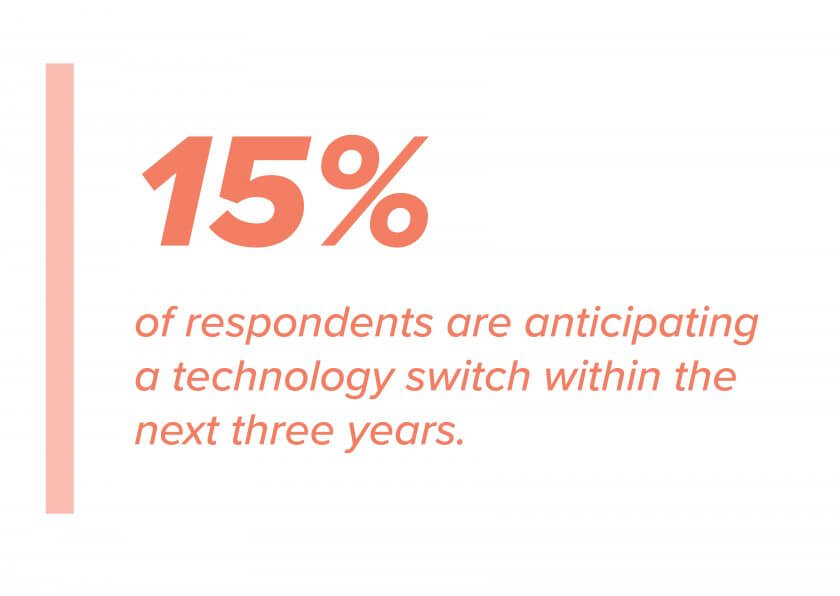
Genetically-modified cell therapy
A majority of respondents are uncertain whether they will switch to a gene-modifying technology in the near future. Overall, 15% of respondents are anticipating a technology switch within the next three years. Respondents are significantly more likely to rank process development and optimization above other factors as top challenges in progressing toward commercial manufacturing. Notable is the vast majority of respondents who say they’re pursuing CMOs or contract development and manufacturing organizations (CDMOs), with more than half indicating limited existing manufacturing capacity as the top driver for outsourcing production.
The Drive for Optimization
A key theme recurs across our survey: Manufacturers need to design and construct flexible facilities that can accommodate both automated processes and production’s evolutionary changes to help them produce a range of cell and gene therapies.
But respondents indicate they need help in meeting the challenge; only a few facilities have been built and less than one-quarter said they were looking at in-house commercial production. More than three-quarters of respondents said they were planning to partner with CMOs/CDMOs, but even those organizations lack the necessary manufacturing capacity.
There is a clear need for support in the design, planning, delivery, and optimization of flexible facilities. The industry was very much in a research and development phase when genetically-modified cell therapies were first tested to see if they would work in people. When they did, organizations moved forward with lab-based platforms because, prior to that, no commercial market existed to require scalability or development of dedicated GMP-compliant cell and gene therapy processing technologies.

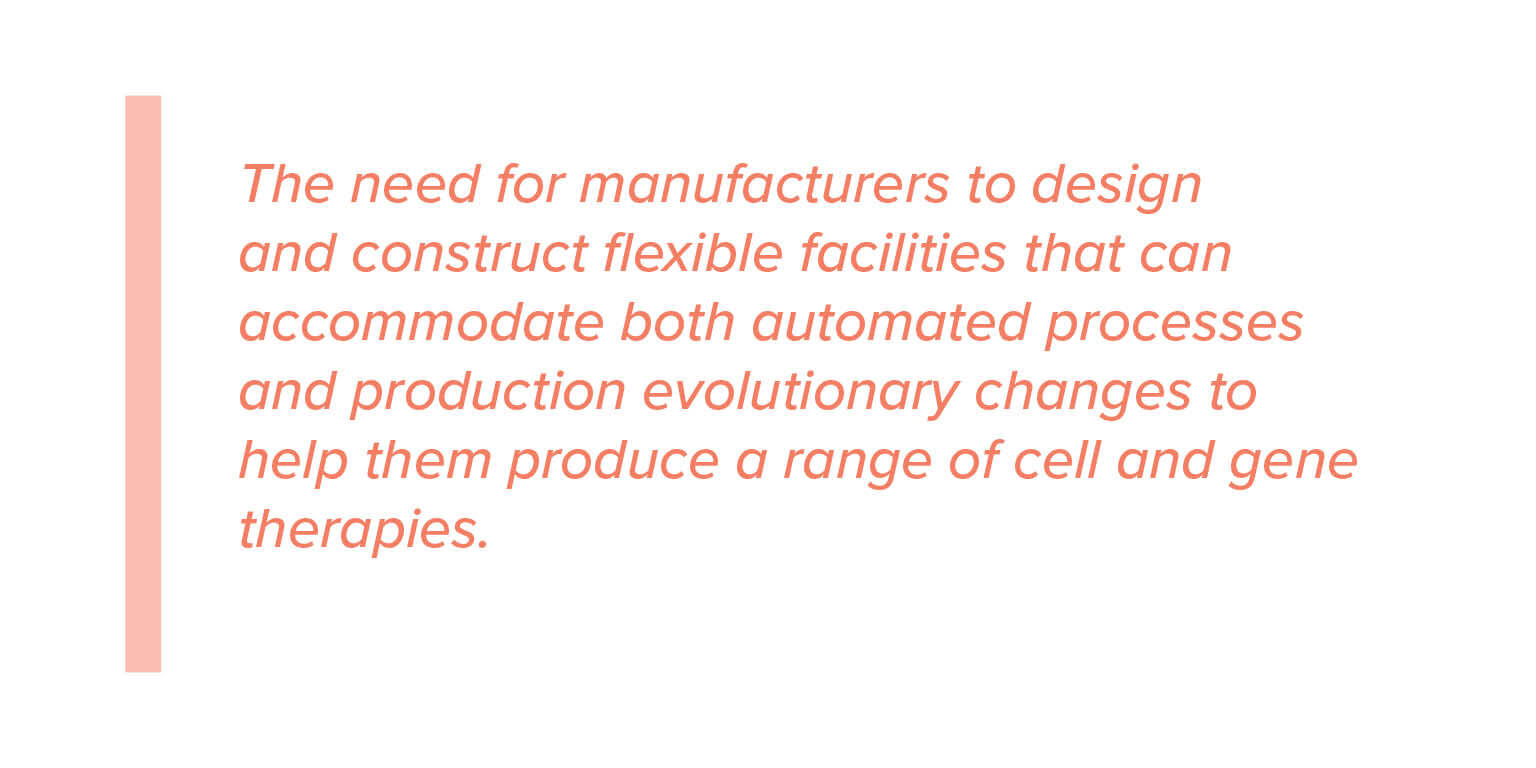
Fast forward to now, when a necessary truth governs the marketplace: The future development of cell and gene therapies requires more advanced equipment technology that closes and automates manufacturing processes as much as possible. In turn, this creates another uncomfortable reality: The more humans are removed from the process, the faster products can move through pipelines while lowering risk and manufacturing costs.
But it’s not that easy. The required technology is novel enough that much of it hasn’t yet been proven outside of the process development lab, and few organizations have been eager to volunteer to test the efficiency. A solution is the emergence of a process technology specialist who can assess good manufacturing practices for new equipment platforms.
These design and engineering specialists focus on cell and gene therapy facility design, with a mix of stochastic and deterministic simulations and process closure and automation technology. They join with manufacturers and operating companies to understand the risks and opportunities of new and emerging technology, such as a facility’s expected throughput and the needs or limitations of its operators.
Moving toward such partnerships will result in future cell and gene therapy facilities that can pivot quickly in a global health environment that puts a high premium on flexibility and efficient technology. The COVID-19 pandemic has exposed a troubling lack of preparedness to shift quickly from clinical vaccine trials to large-scale production. The flexible spaces envisioned by a multimodal manufacturing approach, however, would provide those crucial benefits for a world constantly on the defense against disease.
To access more insights on the future of cell and gene therapy, download the report below.


